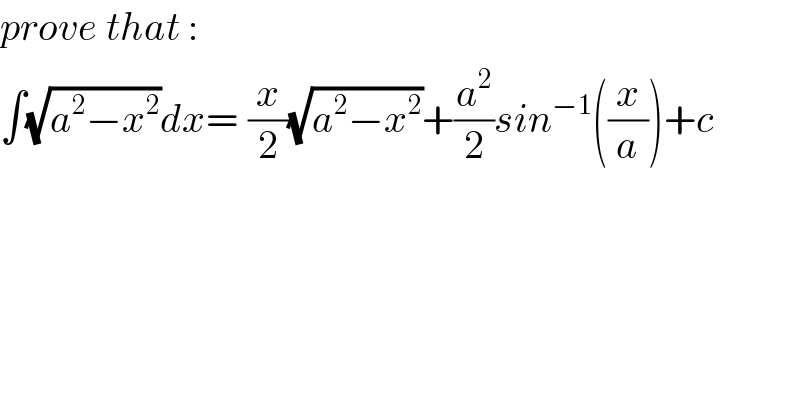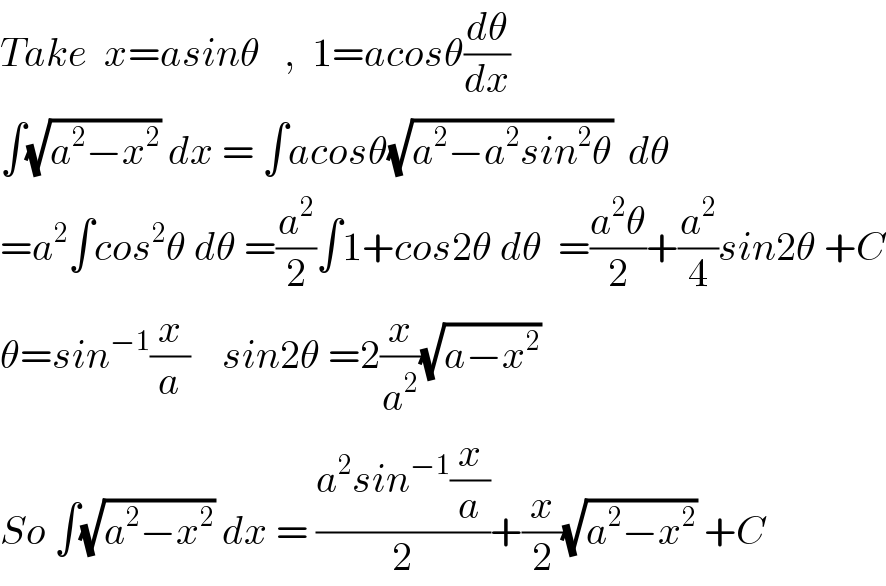
Question and Answers Forum
Question Number 125837 by joki last updated on 14/Dec/20

Answered by Dwaipayan Shikari last updated on 14/Dec/20

| ||
Question and Answers Forum | ||
Question Number 125837 by joki last updated on 14/Dec/20 | ||
 | ||
Answered by Dwaipayan Shikari last updated on 14/Dec/20 | ||
 | ||
| ||